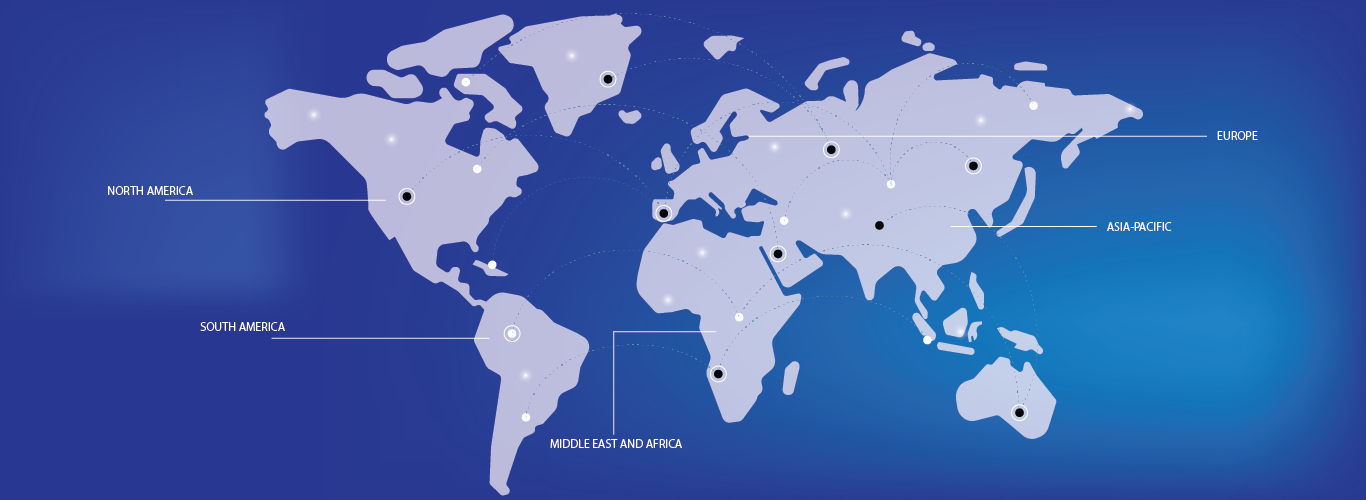The global cream market is experiencing steady growth, driven by increasing demand in the food and beverage industry, particularly for premium products such as coffee creamers, bakery items, and sauces. Cream's versatility in both commercial and home kitchens boosts its popularity. The market is also supported by rising disposable incomes in emerging regions and the growing preference for indulgent food products. However, challenges such as fluctuating dairy prices and health concerns related to high-fat content could limit growth. In response to changing consumer preferences, plant-based cream alternatives are gaining traction. Key players include Fonterra, Danone, and Nestlé, focusing on product innovation and expanding their global reach. The market shows strong potential, particularly in regions such as Asia-Pacific and Latin America.







